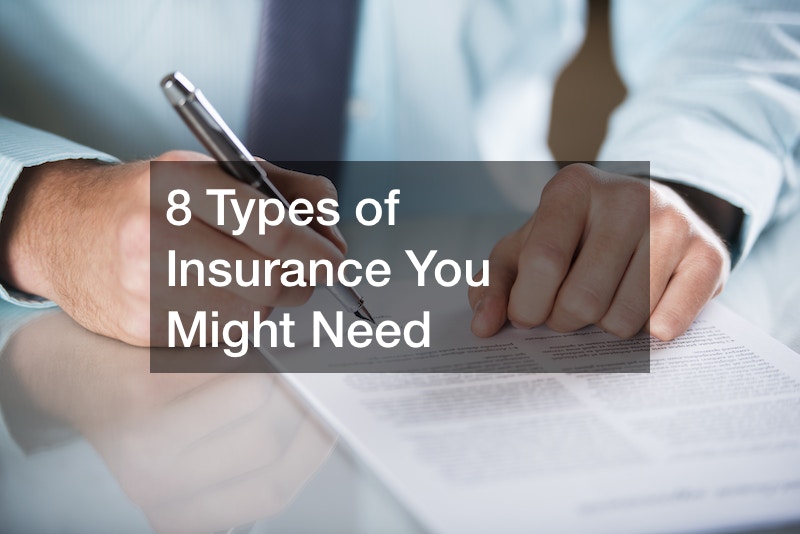Choose the appropriate quantity of coverage.
You will need to pay an insurance fee each month or every year to keep your insurance coverage. You’ll need to file a claim with the insurance company in the event of an accident.
2. Car Insurance
Insurance for cars is not one of the 8 kinds of insurance. It is the law of your state that requires the purchase of a policy for your vehicle. If you want to register your car or depart the dealership with your brand-new vehicle, you’ll need a coverage. This policy is designed to ensure that every vehicle owner has security in the event of a crash. The policies can provide financial help to repair your vehicle or medical services as well as car maintenance.
Every state sets a minimum level of insurance that motorists must have. It is sometimes referred to as minimum liability insurance. The policy only covers partial damage and medical costs to all other people involved in an accident.
Comprehensive and collision are the two other coverages you may have to purchase if you finance the purchase of your vehicle. Lenders usually require their borrowers to get them as well as minimum liability coverage and keep them for the duration of the financing.
Comprehensive insurance covers accidents-related damage, and collision coverage covers auto repair requirements in cases of accidents. Comprehensive insurance and collision coverage are both known as ‘full coverage’.
If you purchase your car at a full price, you are able to determine whether or not to purchase minimum liability insurance. Generally, minimum liability policies are appropriate for vehicles with less than a $2,000 value. Also, you can opt for a lower-risk policy if you want to cut costs for the duration of a few months.
It is possible customize the additional services provided by your supplier to meet your requirements. For instance, you can request roadside assistance and car rental reimbursements.
wfq7ava7yy.
